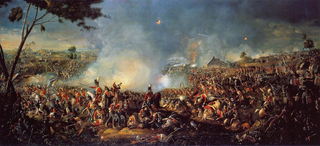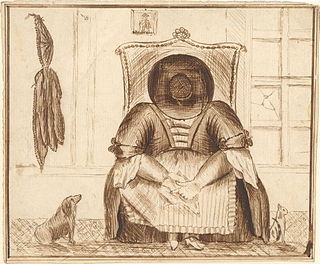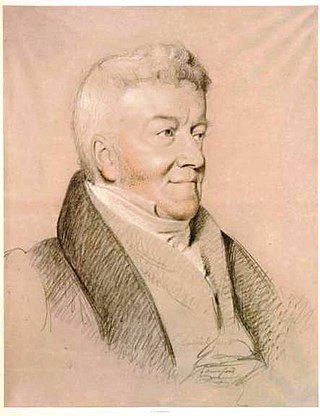
François Boucher was a French painter, draughtsman and etcher, who worked in the Rococo style. Boucher is known for his idyllic and voluptuous paintings on classical themes, decorative allegories, and pastoral scenes. He was perhaps the most celebrated painter and decorative artist of the 18th century.
Events in the year 1810 in Art.
Events in the year 1819 in Art.

William Sadler II, also known as William Sadler the Younger, was an Irish painter. He was a noted landscape painter who is known for his depiction of the Battle of Waterloo.

Jonathan Fisher was an Irish painter and engraver.
John Wick was a Dutch baroque painter, best known for his works on military subjects. There are still over 150 of his works known to be in existence.
John Butts was an Irish landscape painter, specialising in woodland and river scenes.

Michael Bryan was an English art historian, art dealer and connoisseur. He was involved in the purchase and resale of the great French Orleans Collection of art, selling it on to a British syndicate, and owned a fashionable art gallery in Savile Row, London. His book, Biographical and Critical Dictionary of Painters and Engravers, first published in 1813–1816, was a standard reference work throughout the 19th century, and was last republished in 1920; however it is now badly outdated.

John James Barralet was an Irish artist who spent the later part of his career in the United States.

Henry Brocas was an Irish artist known for his landscapes.

John Comerford was an Irish miniature painter active in Kilkenny and Dublin. He exhibited in London at the Royal Academy in 1804 and 1809.

Martin Cregan was an Irish portrait painter.
Robert Crone was an Irish landscape painter.

Robert Dighton was an English portrait painter, printmaker, and caricaturist. He was the founder of a dynasty of artists who followed in his footsteps.
Charles Exshaw (1715?–1771) was an Irish painter, art dealer, and engraver.
Jacob Ennis (1728-1770) was an Irish historical and portrait painter. He studied at Dublin under Robert West, and afterwards in Italy. He subsequently became a master in the Dublin Art School.

Thomas Foster was an Irish portrait painter.
Walter Robertson was an Irish miniature-painter, known as the "Irish Robertson" in the United States.
Timothy Collopy was an Irish portrait painter.
Joseph Powell (1780–1834) was an English watercolour painter and printmaker. He was largely engaged as a teacher of painting in watercolours. He executed landscapes chiefly drawn from English scenery, and was a frequent exhibitor at the Royal Academy exhibitions from 1796 to 1829.










